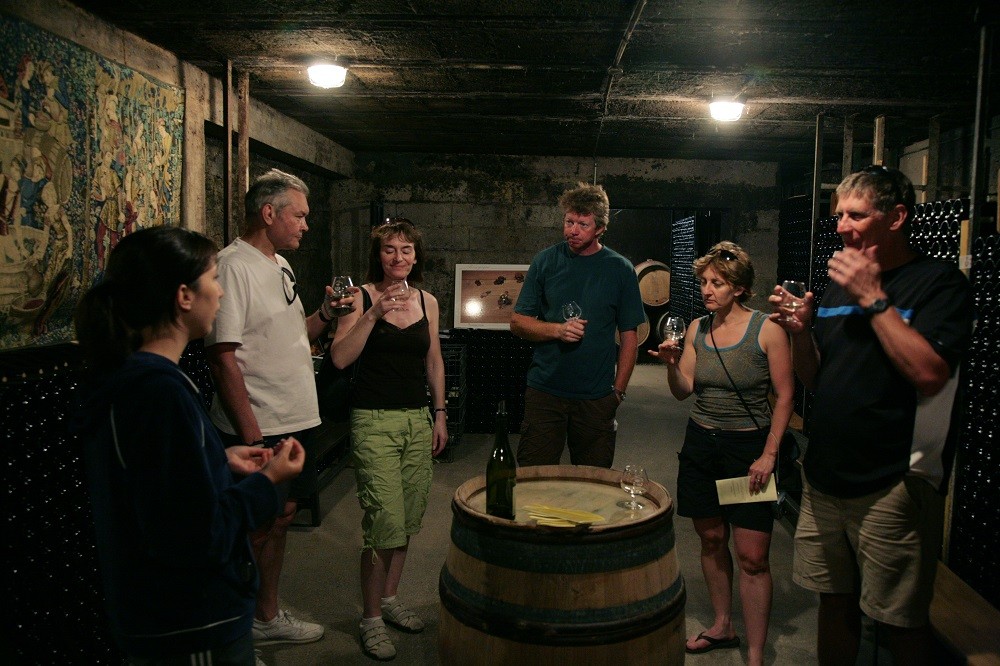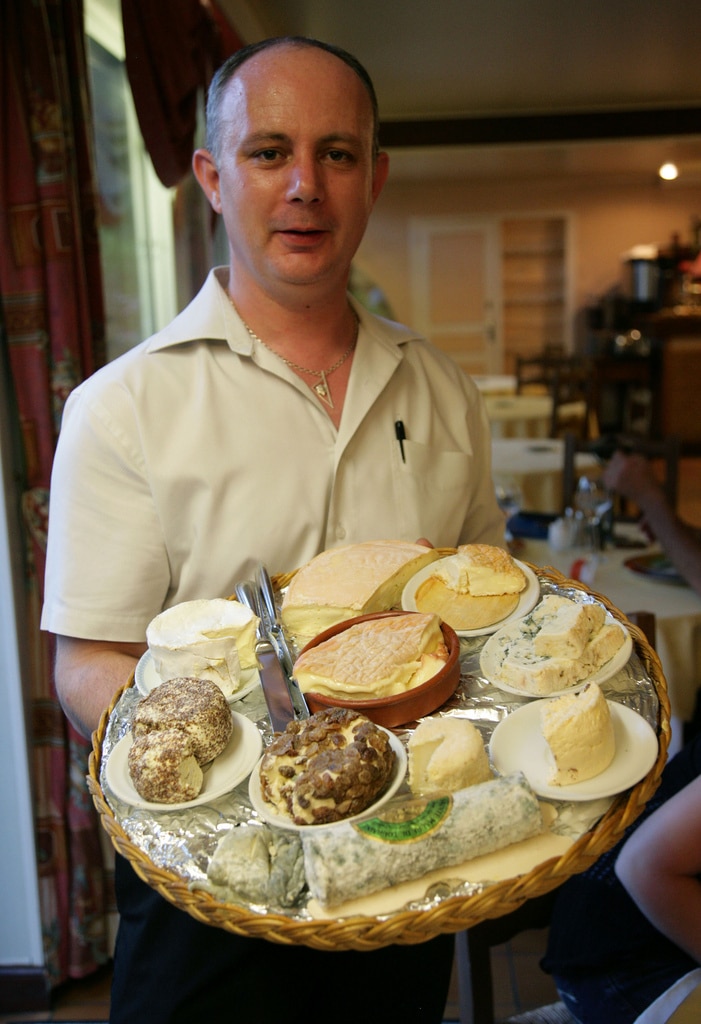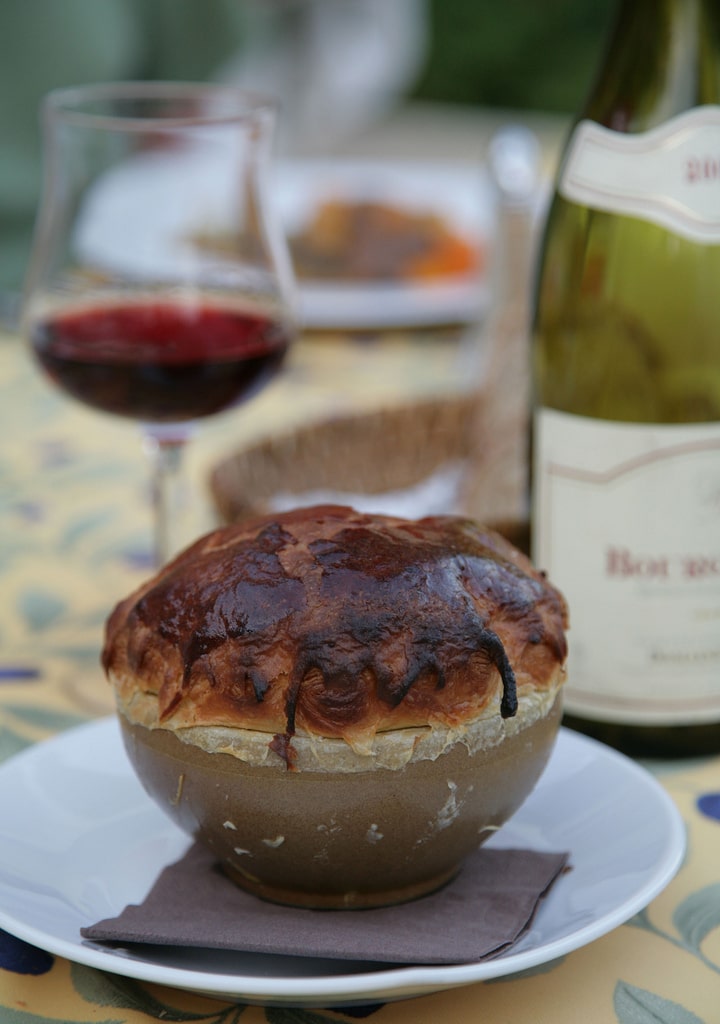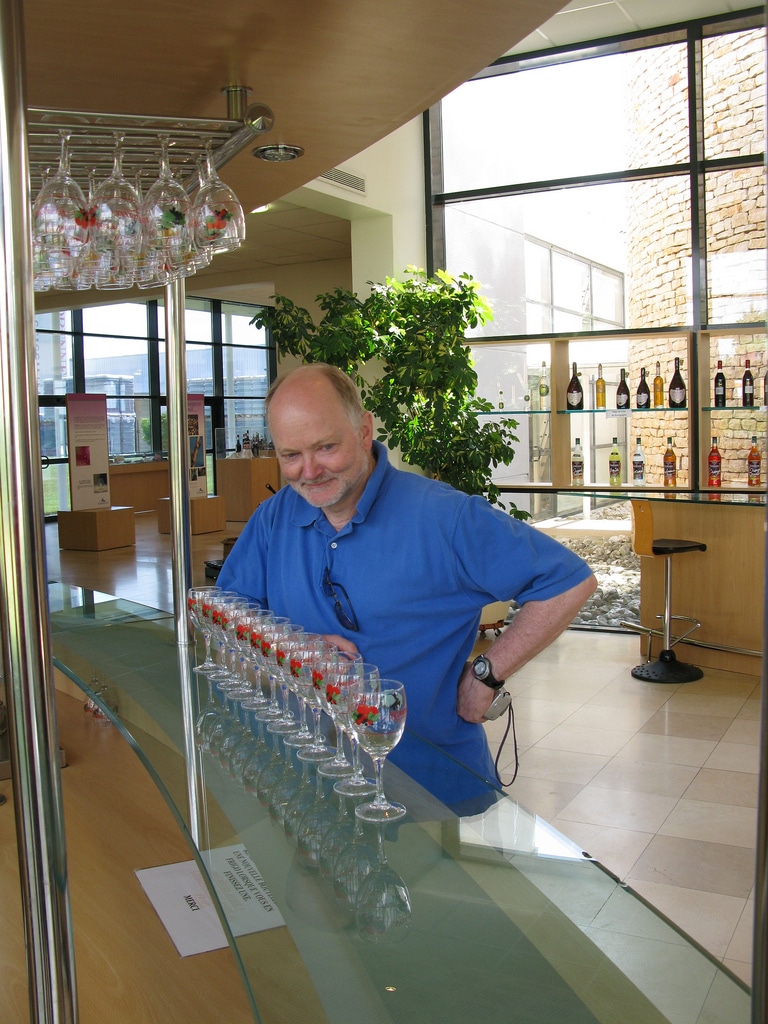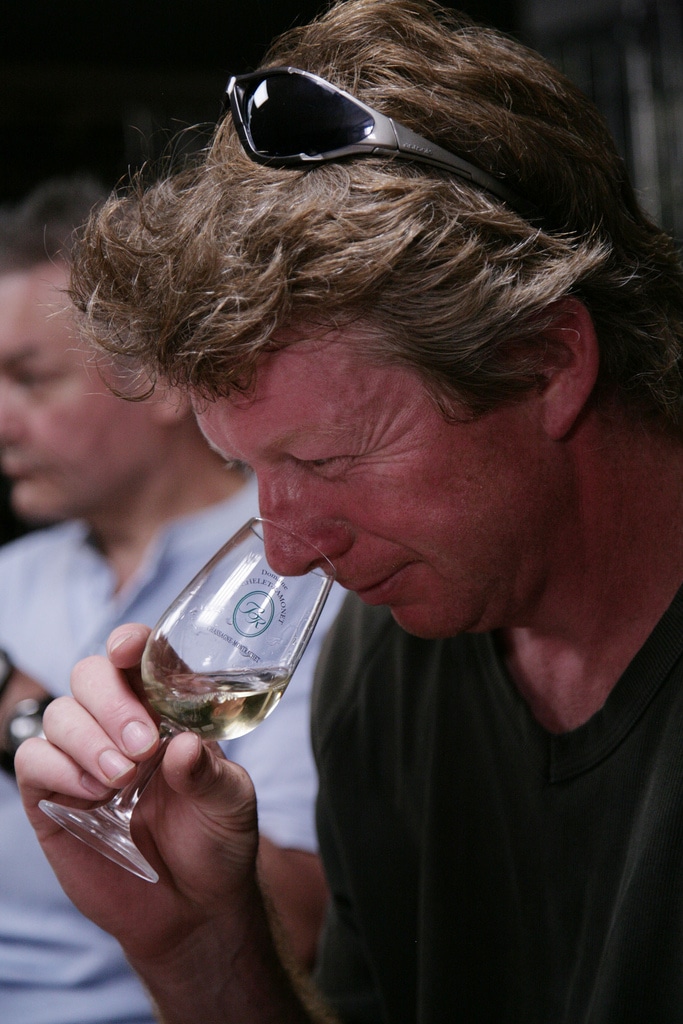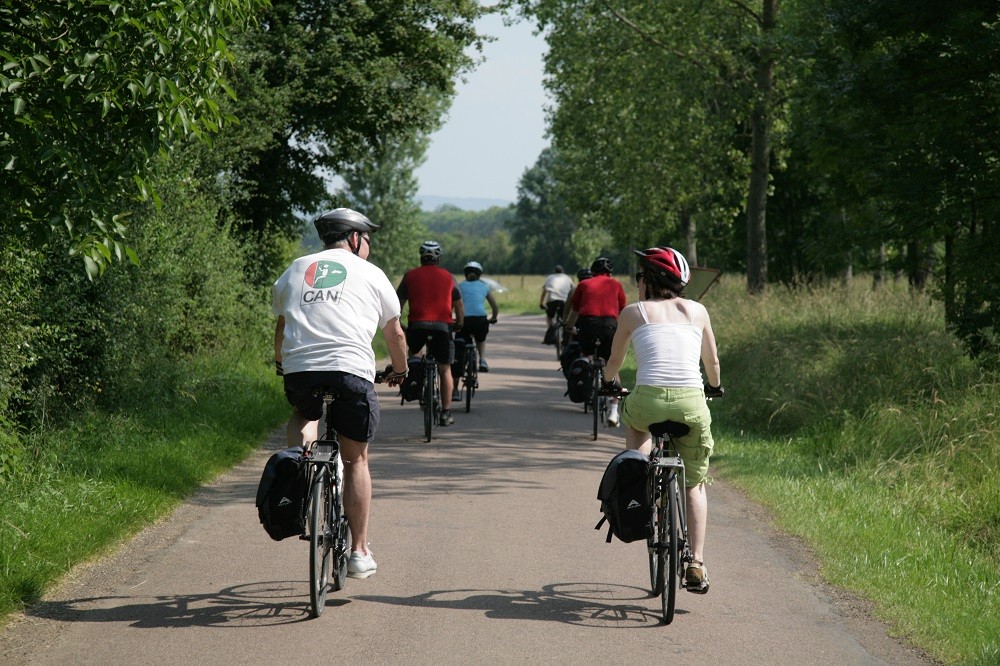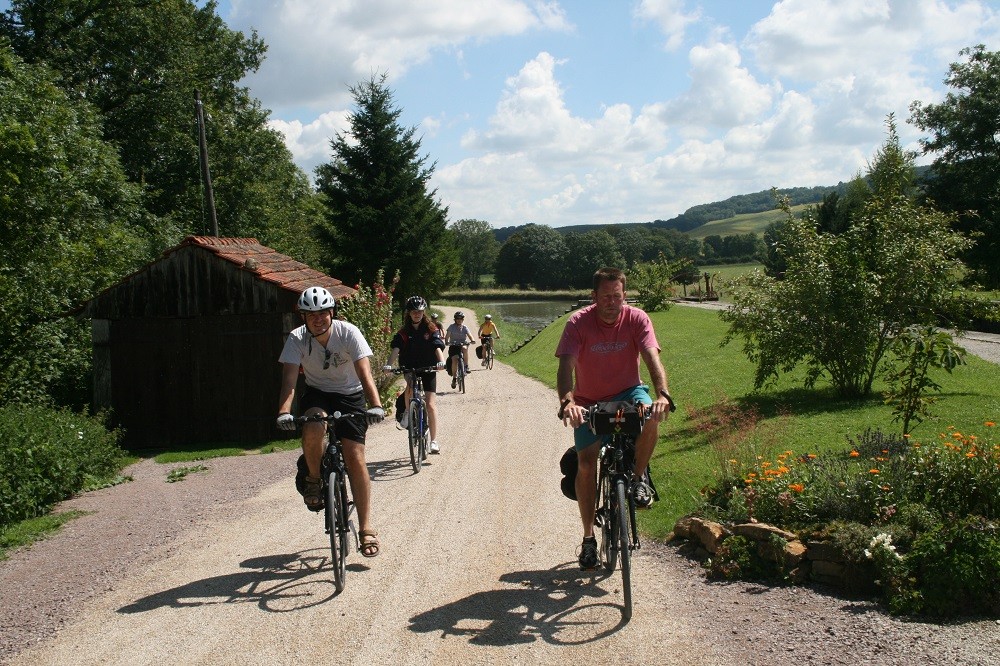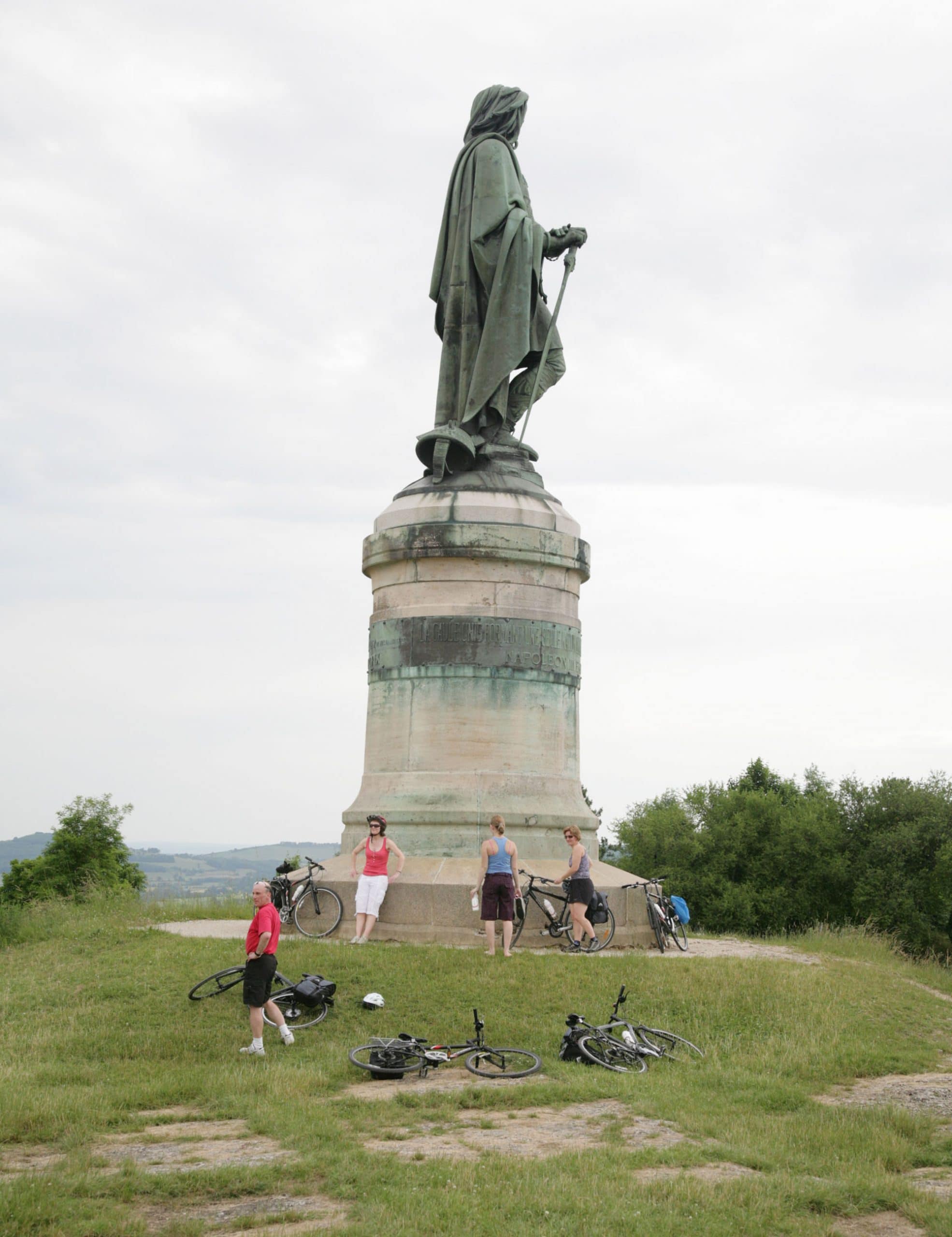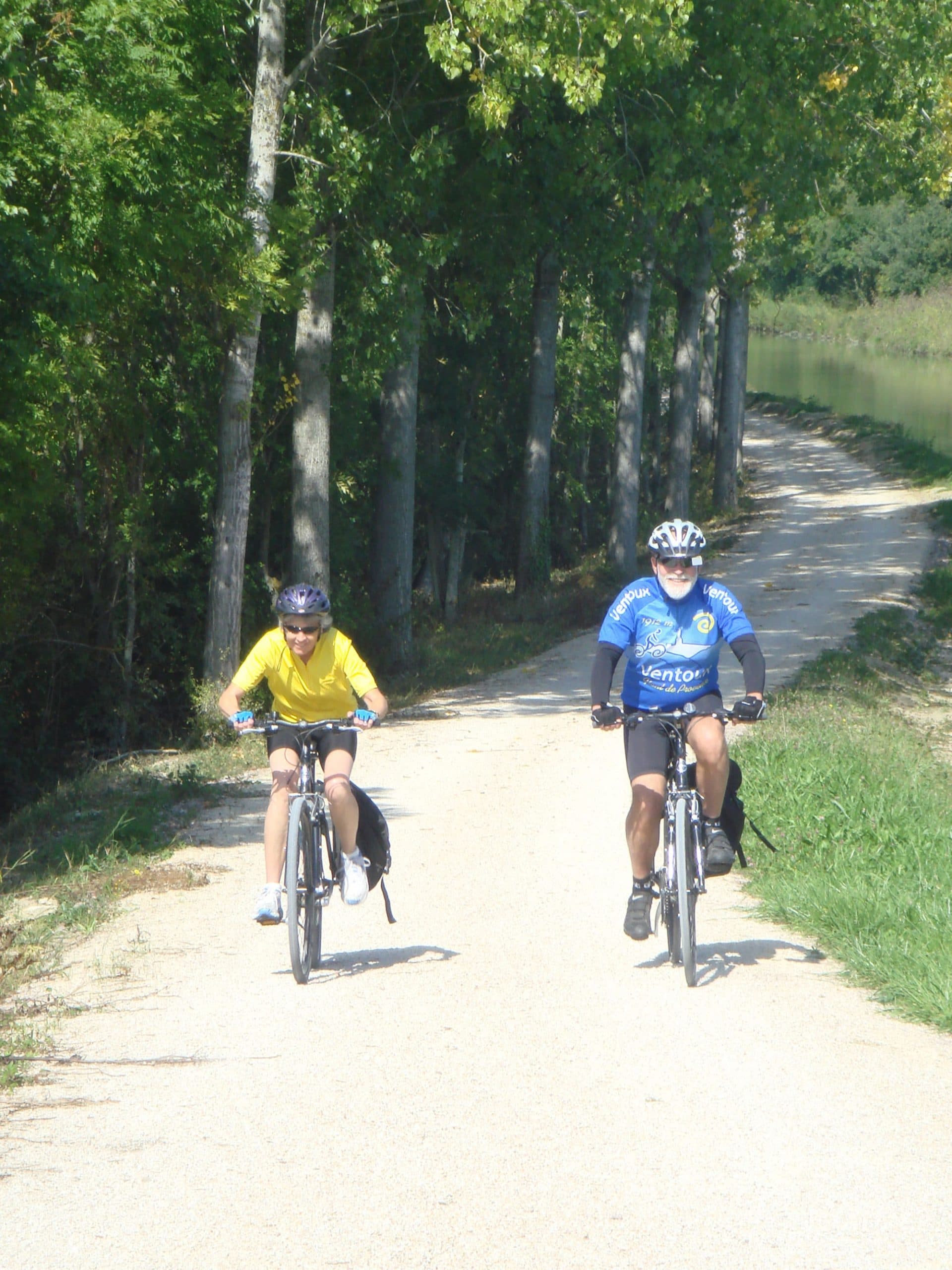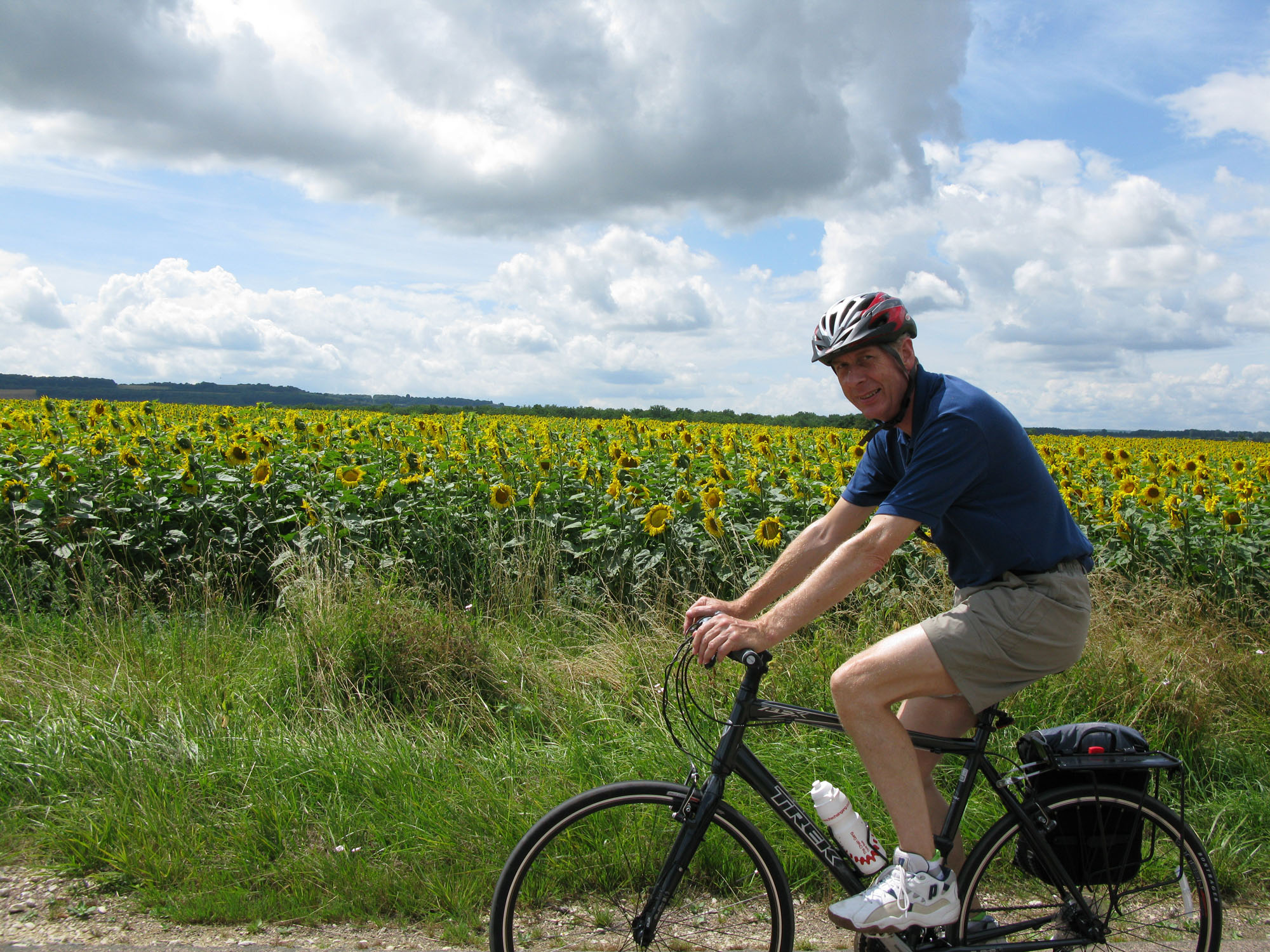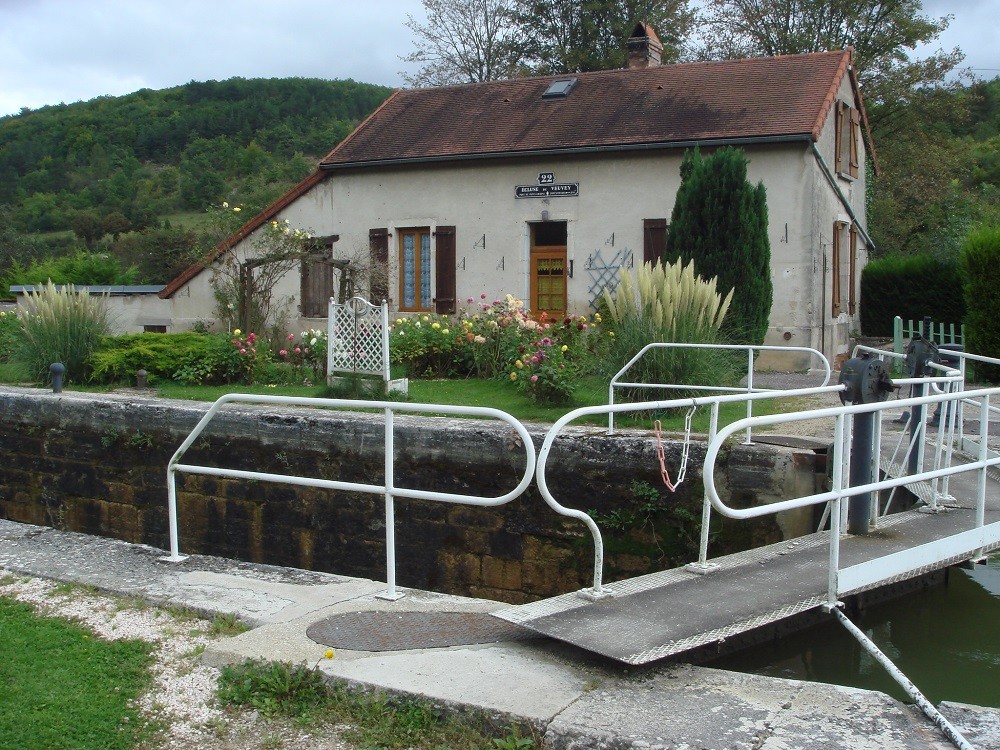What to expect
Of course on the Burgundy cycling tour we explore famous vineyards within Burgundy's Cote d'Or, including Gevrey Chambertin, Romanée Conti, Chassagne-Montrachet etc. But Burgundy is also historically very interesting as a Duchy independent of France, with a rich monastic heritage that includes Fontenay, Citeaux and the Clos Vougeot.
We spend the first part of our week in rolling farmland, perfect cycling country that follows the Canal de Bourgogne to Dijon.
As befits such beautiful wines, Burgundy is one of the finest food regions in France, and boy do we make the most of that! Burgundy classics include Boeuf Bourguignonne, escargots, frogs legs, coq-au-vin, oeufs meurette, jambon persillé. A food-lover’s paradise.
FROM
- Self-Guided Tour: £1065

ITINERARY
Day 1 We Start with a Great Dinner - Gourmet Food in Montbard
Our tour starts in Montbard, north of Dijon. The best way there is by TGV, either by Eurostar/TGV from London or fly to Paris and take the TGV. We arrange transfers to our first hotel in Montbard, the 3*** Hotel de L'Ecu. Our host, Gerard Coupat, is a wonderful chef. The whole family provide a lovely welcome. Gourmet food and a wine list to match.
Day 2 Romans Defeat Vercengetorix and Cistercians Invent the Pneumatic Hammer
From Montbard we head directly to the Abbaye de Fontenay, the oldest surviving Cistercian abbey in the world. The Cistercian order was founded by St Bernard as a direct response to the luxurious lifestyle of the monks at Cluny.
The setting is a beautiful river valley, and the monks were self-sufficient, growing medicinal herbs for their own hospital and mining local iron ore for their own forge. They even managed to invent the world's first pneumatic hammer. An industrious lot, and Michelin give Fontenay the maximum 3*** rating, 'worth a journey in itself'.
We then follow the Canal du Bourgogne to Alise-Ste-Reine, where there is a giant statue of Vercengetorix erected by Napolean III. Fleeing the Romans, Vercengetorix and the gauls made camp on top of Mont Auxois, only to be surrounded by Ceasar's army.
A far larger Gaul army was on its way from Clermont Ferrand, so Ceasar built two sets of parallel defences around the hill, the first to keep Vercengetorix in, and the second to keep out the Gaulish rabble . After six weeks Vercengetorix surrendered, only to be paraded in Rome and subsequently strangled.
There is some dispute as to the site of Alésia, but the erection of the huge bronze statue of the man himself has settled the issue as far as the local tourist board are concerned.
We follow the canal again before climbing to the beautiful walled town of Semur-en-Auxois. There is some irony in this name as Semur derives from the latin sine muros, without walls.
The town is surrounded on three sides by steep cliffs carved by the river Armancon, and is a truly beautiful little town. Tonight we stay at the Hotel Cymaises and eat at the Restaurant Saint-Vernier, a classic, traditional Burgundy restaurant.
Day 3 In the Middle of Nowhere at the Canal du Bourgogne
Downhill, and back to the canal at Marigny le Cahouët. The Canal de Bourgogne has been described (who by?) as the most beautiful route in France, and it's certainly a great trick for tackling hills.
The quality of the towpath varies on this section, so we'll be forced onto the road on occasion, but this is no great hardship as we pass through delightful villages like Braux and St Thibault. At Pouilly-en-Auxois the canal reaches its summit, the highest point on the canal, and by the time we get there you'll know you've been cycling uphill. Just think how bad it would have been without a canal!
At Pouilly the canal disappears into a tunnel, and we continue our cycling tour over the top of the hill and down the other side to the delightful village of Chateauneuf.
Whenever I arrive in Chateauneuf I remember David from Tel Aviv, who said to me as we panted up the hill "I always thought Loubressac was the most beautiful village in France. Now I see that it is Chateauneuf". And he's right.
Day 4 All Downhill to Dijon - Very Nearly
Returning to our favourite canal we can reflect that having passed the summit point it must be all downhill to Dijon. Our route now follows the canal and a cycle path through beautiful forests all the way into Dijon. Today we cycle past more than 50 locks, cycling through delightful canal-side villages and restaurants on our way to Dijon.
Tonight we stay at the Hotel Wilson. Dijon is a fascinating place. Historically Dijon was the home of Burgundy 's aristocracy. Anxious to be within the protection offered by the city walls, they were forced to buy existing plots of land and buildings to build their townhouses, which has led to the fascinating juxtaposition of grand town houses shoe-horned into strangely shaped plots alongside the housing and shops of ordinary Dijonais.
The centre of it all is the Duke's palace, now the town hall, and also housing the Musée des Beaux-Arts.
Day 5 Oooh - Napolean's Favourite Wines
Wine country here we come! Enough of the excuses of the last three days. Beautiful, yes; interesting, certainly. But why did we come to Burgundy? To visit the Côtes D'Or and the famous vineyards of Nuits St George and Beaune.
Today we'll leave Dijon alongside our old friend the Canal du Bourgogne before we head west towards the hills of the Côtes D'Or. During today we follow tiny roads and tracks through vineyards, visiting vineyards in Fixinand in Gevrey-Chambertin, as well as the Clos de Vougeot before we arrive at Nuits St Georges where we stay at the Hostellerie Saint Vincent.
The Chateau at Clos de Vougeot is well worth a visit. Originally built by the monks of the Abbaye de Citeaux, the Chateau has been beautifully restored. One room dating back to the 12th century contains four original oak presses that are truly enormous, each one weighing over 20 tons. Once a year one of these presses is still used when the Confrérie des Chevaliers du Tastevin kick off Les Trois Glorieuses on the eve of the Beaune auction.
The main function room is the old wine cellar. It isn't actually a cellar - the monks replicated the attributes of a cellar by building a vast low-ceilinged room with tiny windows and a roof of soil several feet thick. This is where the Chevaliers strut their stuff. The Château also boasts a 'spectacular' 14th century pitched roof. The adjective is from Michelin, and it's fully justified here.
Day 6 More Wine Tasting in the Côtes D'Or
Still in the heart of wine country, but today has a different feel to it. Yesterday our cycling holiday led us through world-famous vineyards, producers of wines that most of us will never taste. Today, as we explore the Côtes de Beaune, we tackle some more challenging cycling and visit the beautiful villages of Savigny-les-Beaune and Aloxe-Corton on our route to Beaune. Here, the wine makers can't command the sky-high prices of their more illustrious neighbours, but at their best still produce high-quality wines.
Today is a relatively short cycling day. We start with a visit to Cassisseum - a celebration of Creme de Cassis, where we'll learn about the classic Burgundy apéritif Kir, and its link to the phylloxera invasion of the 19th Century. After we leave Nuits St Georges we cycle through the delightfully named Pernand Vergelesses and Aloxe Corton on our way to wine-tasting in Savigny-les-Beaune, before we make our way to Beaune.
Beaune is dominated by the wine industry. The old town exists still behind its old wall, and the centre is filled with the premises of négociantes as well as the wonderful Athanæum shop, a serious threat to the wallet of any wine-lover, and featuring books and artefacts as well as its fine wine shop. The highlight, though, is the Hospice, and a visit is a must.
We stay at the Hotel de la Cloch close to the centre, and we eat in the centre of the beautiful old town.
Day 7 Probably the Best White Wines in the World
We're staying in Beaune again tonight. There are a whole series of classic wine villages running south of Beaune toward Macon and the Beaujolais region.
Once again we're on tiny roads winding through the vineyards as we visit Pommard, Volnay and Meursault, home to white wines hailed as the finest in the world. The name derives from the local name for the valley that divides them from Beaune, the Rat's Leap. The most famous Chateau is the Chateau Meursault, where we'll visit for a fabulous and varied tasting.
After lunch, we cycle to the village of Chassagne-Montrachet where I think you might taste the best white wine of your life, at Chateau Chassagne Montrachet itself.
We'll then begin our return to Beaune via tiny roads with the hills of the Côtes D'Or behind us.
Day 8 That's It Folks - End of Cycling Tour - Time to Go Home
Reasonably civilised departure with a 5-minute transfer to Beaune train station for trains to Dijon and Paris for onward connections to London and Paris airports.
JOINING DETAILS
Please take careful note of the train times. Our transfers are scheduled to meet these designated trains; if these train times are inconvenient, please contact us so that we can be sure of arranging appropriate transfers.
GUIDED TOUR
SELF-GUIDED TOUR
Quick links

